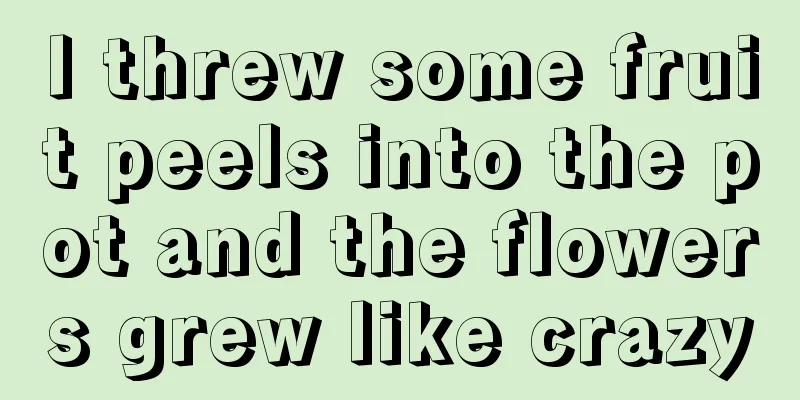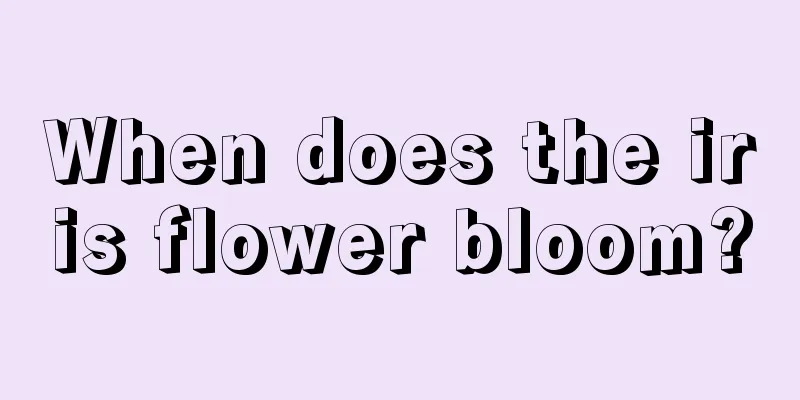Sunflower broomrape disease prevention and control measures

|
Sunflower broomrape is a plant also known as poison root weed. It is fleshy and has a height of 20 to 50 cm. It has no real roots and mainly parasitizes on sunflowers, relying on fibrous roots to enter the roots of sunflowers to absorb nutrients. The inflorescence is spike-shaped, with 20 to 70 flowers per plant , and sometimes more than 200 flowers. They usually grow in groups, and once you find them, you will see a pile of them, which seriously affects the growth of sunflowers. Prevention and Control of Sunflower OrobancheSeed selection Different varieties have different degrees of resistance to parasitism of Oleander. When purchasing seedlings, choose varieties that are resistant to Oleander. Strict disinfection. If you choose to plant sunflowers by sowing, you must first check the purity of the seeds and disinfect them before planting. Do not mix seeds with other plants to prevent invasive spread. Early detection and early treatment Even if the variety is selected well, Oleander cannot be eradicated. Oleander is pervasive and can be produced from the formation of the flower disk to maturity. Therefore, you should observe frequently and clean up the emerging Broomrape seedlings and sunflower seedlings in time. When the broomrape grows leaves, pull it out with its roots and loosen the soil frequently to curb its growth. Chemical control Spraying 10,000 times the concentration of fluazifop solution on the soil surface after sowing and before seedlings emerge can effectively prevent the parasitism of Oleander. After the Oleander grows out, first pull it out, then spray it with a butyl resin solution, or irrigate the roots with nitroammonia water, and it will die in 8 to 12 days. Please note that this method can only be used when the sunflower disk grows to about 10 cm, otherwise it is very easy to cause pesticide damage. Biological control Biological control methods are costly and not suitable for home use. The editor has only listed them for your reference. As the saying goes, every plant has its own nemesis. Broomrape parasitizes sunflowers, and Broomrape can also be parasitized. The larvae of the broomrape fly can feed on the flower stems and fruits of the broomrape, and can eliminate the broomrape within a certain period of time. |
<<: Common diseases of jasmine
>>: Disease prevention and control of Parthenocissus tricuspidata
Recommend
Yellow peach planting conditions are suitable for the climate requirements of the planting area
Yellow peach introduction Yellow peach, also call...
How to cultivate golden lily flower
Goldenrod growing conditions The golden lily like...
How to grow bonsai
1. Proper watering When growing bonsai, most flow...
Cultivation methods and precautions of pearl grass
Pearl grass is relatively easy to grow. Its leave...
Does persimmon prefer shade or sun?
Does persimmon prefer shade or sun? Persimmon tre...
His Clivia blooms every year and produces 10 fruits in a row. How does he manage to grow it?
If you grow Clivia like this, it will produce 10 ...
Farming methods and precautions of horsetail
Equisetum is very easy to grow, and the most comm...
How many days does it take for garlic sprouts to sprout out of the soil?
Garlic sprouts are green garlic seedlings that ha...
What are the flowers and plants for the town house?
1. Keel Dragon bones are very suitable for stabil...
It is best to water Milan flowers every few days
How often should I water Milan flowers? Milan flo...
In which month is wheat planted?
It is not particularly easy to achieve high yield...
What to do if the leaves of the rich tree turn yellow
Specific approach Reasonable fertilization Excess...
How to prune potted tomatoes
Time to prune potted tomatoes Potted cherry tomat...
The efficacy and function of Picrorhizon
one. Application 1. Treat children who do not gai...
What to do if you water aloe vera too much
what to do When growing aloe vera, you must take ...









